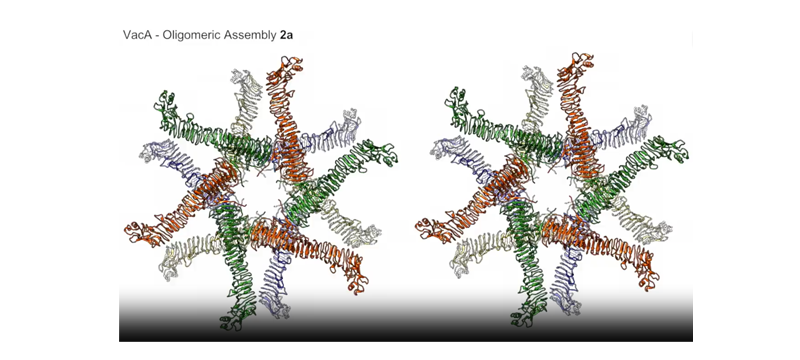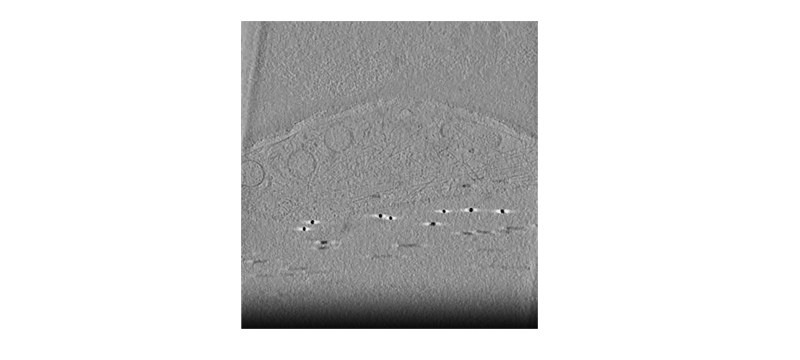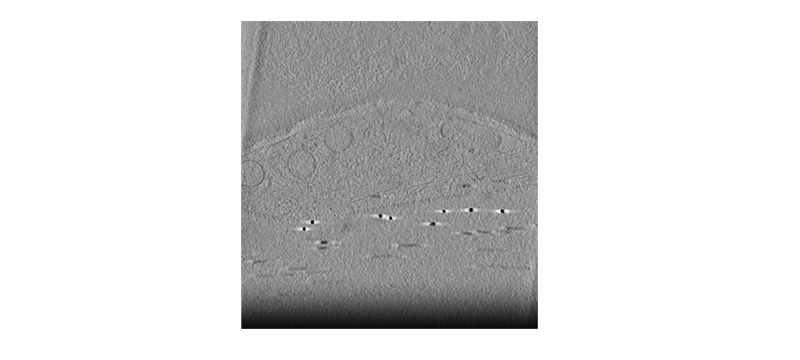Cryo-Em
The Nobel Prize in Chemistry 2017 rewarded the development of cryo-electron microscopy for the high-resolution structure determination of biomolecules in solution.
Since its opening in 2018, the Stanford-SLAC Cryo-EM Facility has installed four cutting-edge microscopes operating in projective and tilt-series acquisition mode, for single-particle analysis (SPA) and tomography (cryoET) projects respectively.
Altogether, SLAC has already generated petabytes of cryoEM data, the processing of which required dozens of petaFLOPS in performance, resulting in a swarm of structural insights in our understanding of biological mechanisms, from the molecular to the cellular level.
Looking forward, the new challenges and opportunities of both projective and tomographic imaging techniques offered by cryoEM will need and benefit from ML application development. We illustrate below some of the scientific areas where ML would help, the biological problem space. We also provide a tentative list of the potential areas where we will push development, the technical problem space.
Biological problem space
Cryo-EM offers the possibility to image protein complexes in various compositional and conformational states, in controlled conditions (in vitro) but also in living conditions (in situ).

Maintaining proteostasis in eukaryotic protein folding involves cooperation of distinct chaperone systems. To understand how the essential ring-shaped chaperonin TRiC/CCT cooperates with the chaperone prefoldin/GIMc (PFD), we integrate cryoelectron microscopy (cryo-EM), crosslinking-mass-spectrometry and biochemical and cellular approaches to elucidate the structural and functional interplay between TRiC/CCT and PFD. We find these hetero-oligomeric chaperones associate in a defined architecture, through a conserved interface of electrostatic contacts that serves as a pivot point for a TRiC-PFD conformational cycle. PFD alternates between an open “latched” conformation and a closed “engaged” conformation that aligns the PFD-TRiC substrate binding chambers. PFD can act after TRiC bound its substrates to enhance the rate and yield of the folding reaction, suppressing non-productive reaction cycles. Disrupting the TRiC-PFD interaction in vivo is strongly deleterious, leading to accumulation of amyloid aggregates. The supra-chaperone assembly formed by PFD and TRiC is essential to prevent toxic conformations and ensure effective cellular proteostasis.

Helicobacter pylori infects nearly half of the world’s population and is the primary cause of various gastric diseases. It has evolved various virulence factors to aid its host colonization and infection, including the vacuolating cytotoxin A (VacA) that is responsible for the pathogenesis of H. pylori-related diseases. Here, we resolve multiple structures of the water-soluble VacA oligomeric assemblies using cryoelectron microscopy (cryo-EM) at near-atomic resolution. These studies suggest a model of structural changes of functional VacA hexamer needed for the pore-formation process across the membrane and highlight the capability of cryo-EM to resolve multiple structure snapshots from a single specimen at near-atomic resolution.

Investigating-Chikungunya-virus.png
Investigating Chikungunya virus in situ
Neutralizing antibodies (NAbs) are traditionally thought to inhibit virus infection by preventing virion entry into target cells. In addition, antibodies can engage Fc receptors (FcRs) on immune cells to activate antiviral responses. We describe a mechanism by which NAbs inhibit chikungunya virus (CHIKV), the most common alphavirus infecting humans, by preventing virus budding from infected human cells and activating IgG-specific Fcγ receptors. NAbs bind to CHIKV glycoproteins on the infected cell surface and induce glycoprotein coalescence, preventing budding of nascent virions and leaving structurally heterogeneous nucleocapsids arrested in the cytosol. Furthermore, NAbs induce clustering of CHIKV replication spherules at sites of budding blockage. Functionally, these densely packed glycoprotein-NAb complexes on infected cells activate Fcγ receptors, inducing a strong, antibody-dependent, cell-mediated cytotoxicity response from immune effector cells. Our findings describe a triply functional antiviral pathway for NAbs that might be broadly applicable across virus-host systems, suggesting avenues for therapeutic innovation through antibody design.
Neutralizing Antibodies Inhibit Chikungunya Virus Budding at the Plasma Membrane

